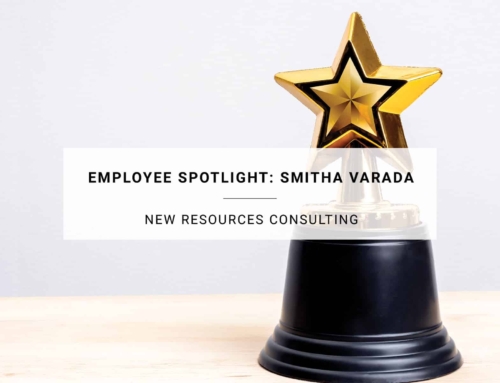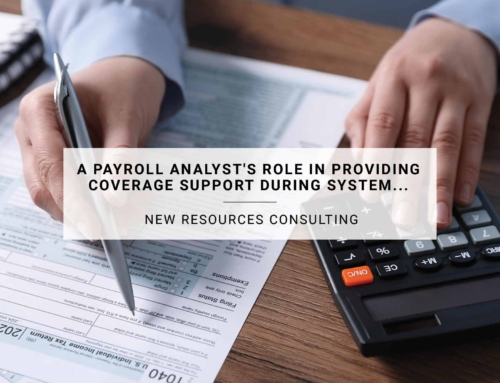As the Director of Information Technology, I am responsible for ensuring the security and integrity of New Resources Consulting organization’s data, systems, and networks. I am also keenly aware of the opportunities and challenges that artificial intelligence (AI) brings to our field.
AI is revolutionizing various industries, but it is also bringing forward security and risk management challenges. AI poses new trust, risk, and security management requirements that conventional controls do not address. AI can be used by hackers to launch sophisticated attacks, such as generating fake content, impersonating users, evading detection, and exploiting vulnerabilities.
Therefore, we need to adopt a proactive and comprehensive approach to protect against the misuse of AI by hackers. Here are some best practices that I recommend for AI security risk management:
- Assess the security posture of your AI systems: You need to understand the potential threats and vulnerabilities of your AI systems, such as data ingestion, model training, and deployment pipelines. You can use tools like Counterfit, an open-source tool from Microsoft that simplifies assessing the security posture of AI systems.
- Implement security policies and controls for your AI systems: You need to establish appropriate security policies and controls for your AI systems, such as data access, model governance, and incident response. You can use frameworks like the AI security risk assessment framework from Microsoft, which provides a step-by-step guide to audit, track, and improve the security of your AI systems.
- Monitor and respond to security incidents involving your AI systems: You need to monitor and respond to security incidents involving your AI systems, such as data breaches, model tampering, and adversarial attacks. You can use solutions like Microsoft Security Copilot, a generative AI solution that helps security analysts detect hidden patterns, harden defenses, and respond to incidents faster.
AI is a powerful technology that can bring tremendous benefits to our organization, but it also comes with new security risks that we need to address. By following these best practices, we can defend against the misuse of AI by hackers and ensure the security and trustworthiness of our AI systems.
P.S. Valentine’s Day is coming soon, and I know you might be tempted to use AI to generate some romantic messages for your loved ones. But please, be careful. You don’t want to end up sending something like this:
Roses are red, violets are blue, I hacked your AI, and now I own you. 💘

Director of IT, New Resources Consulting
chippensteel@newresources.com
414.289.7960
Chris Hippensteel
Director of IT, New Resources Consulting
chippensteel@newresources.com
414.289.7960








